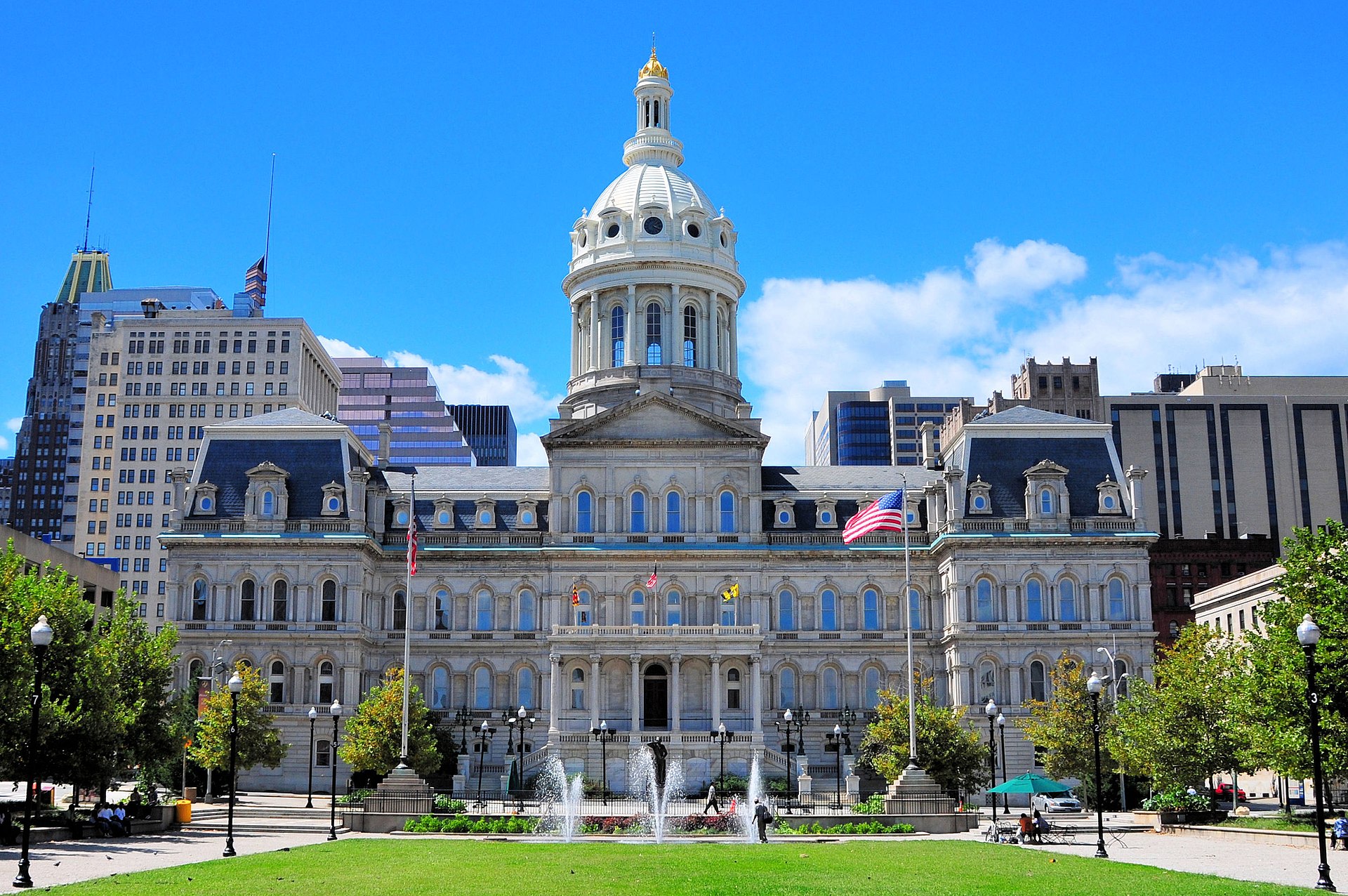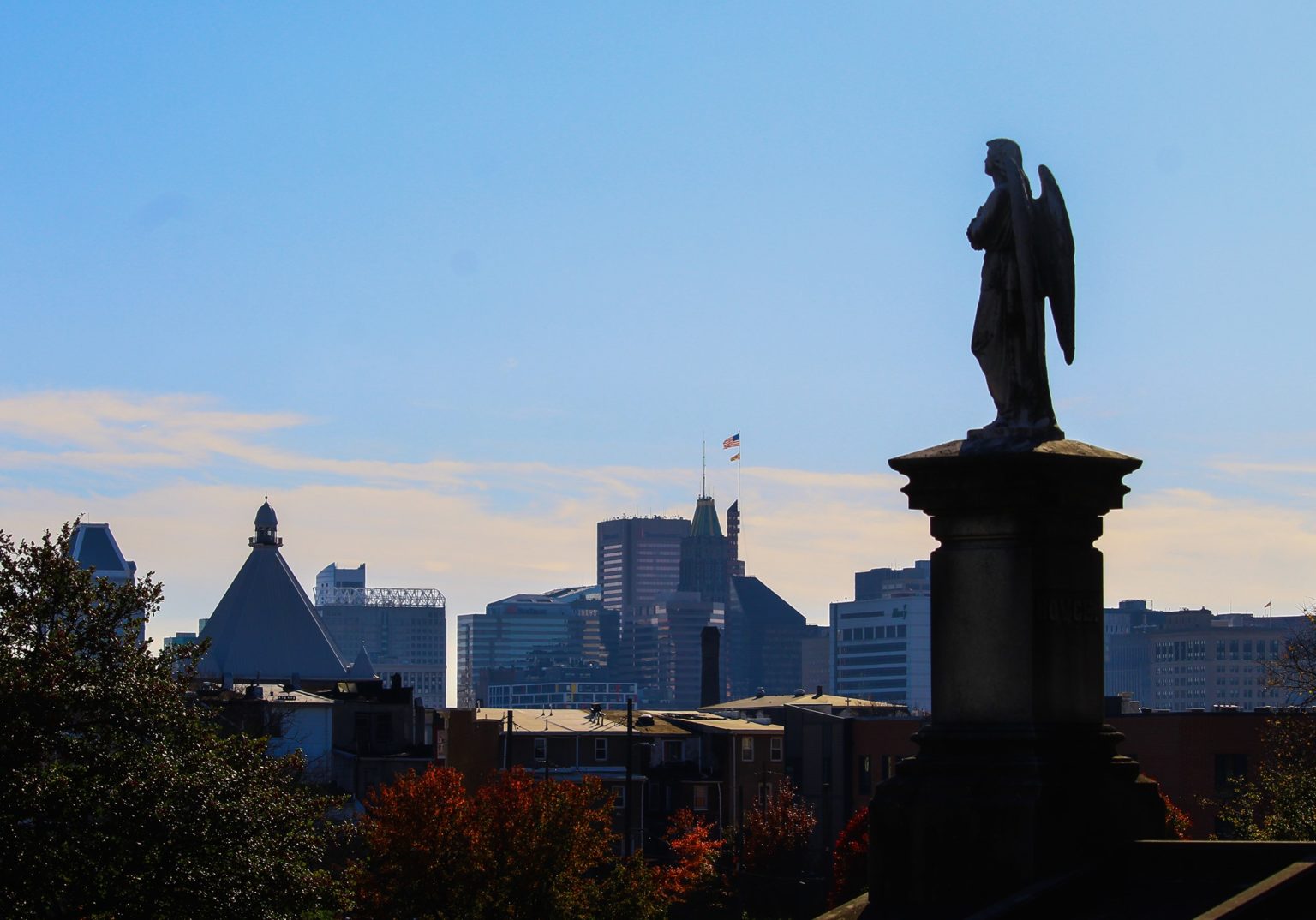A Walking Tour of East Baltimore’s Historic American Indian “Reservation”
South Broadway Baptist Church 211 South Broadway, Baltimore, United StatesThe place now known as Baltimore, like the rest of what is now known as the United States, has always been home to Native peoples. Baltimore is part of the ancestral homelands of the Piscataway and the Susquehannock, and a diverse host of American Indian folks from other nations have passed through or lived here at different times — and still do! In the mid-twentieth century, thousands of Lumbee Indians and members of other tribal nations migrated to Baltimore City, seeking jobs and a better quality of life. They settled in Upper Fells Point and Washington Hill and created a vibrant, intertribal American Indian community, which they affectionately referred to as “the reservation,” in its heyday. In the decades since the community has gradually moved away from the area. Recent generations never experienced “the reservation” as such. Today, most Baltimoreans are surprised to learn that it ever existed. On September 4, join historian and artist Ashley Minner Jones to learn about places and spaces important to American Indian history and heritage in the city, with a focus on East Baltimore’s Historic American Indian “Reservation” in the 20th century.




